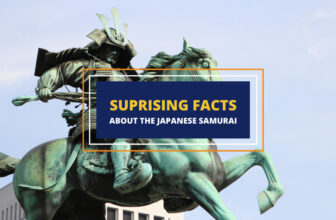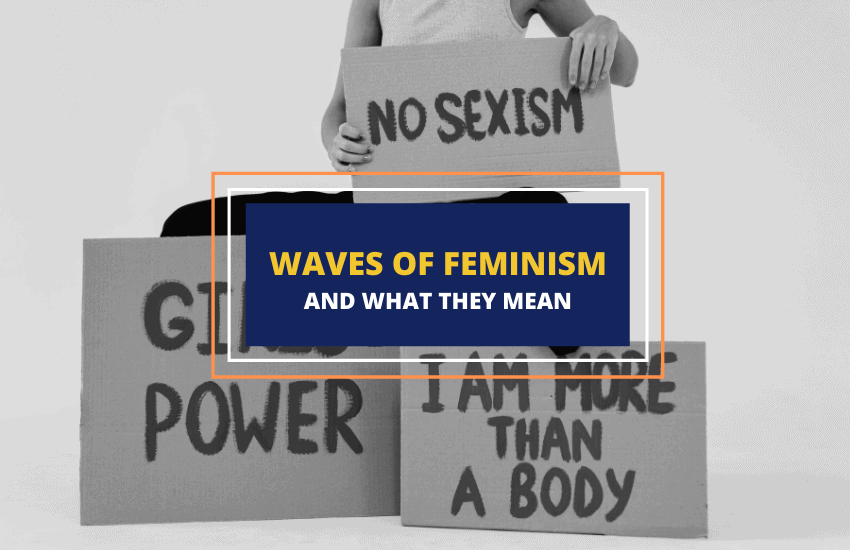
Table of Contents
Feminism is probably one of the most widely misunderstood movements of the modern era. At the same time, it’s also among the most influential, as it has shaped and reshaped modern society and culture more than once already.
So, while covering every aspect and nuance of feminism in one article is impossible, let’s start by going through the major waves of feminism and what they mean.
First Wave of Feminism
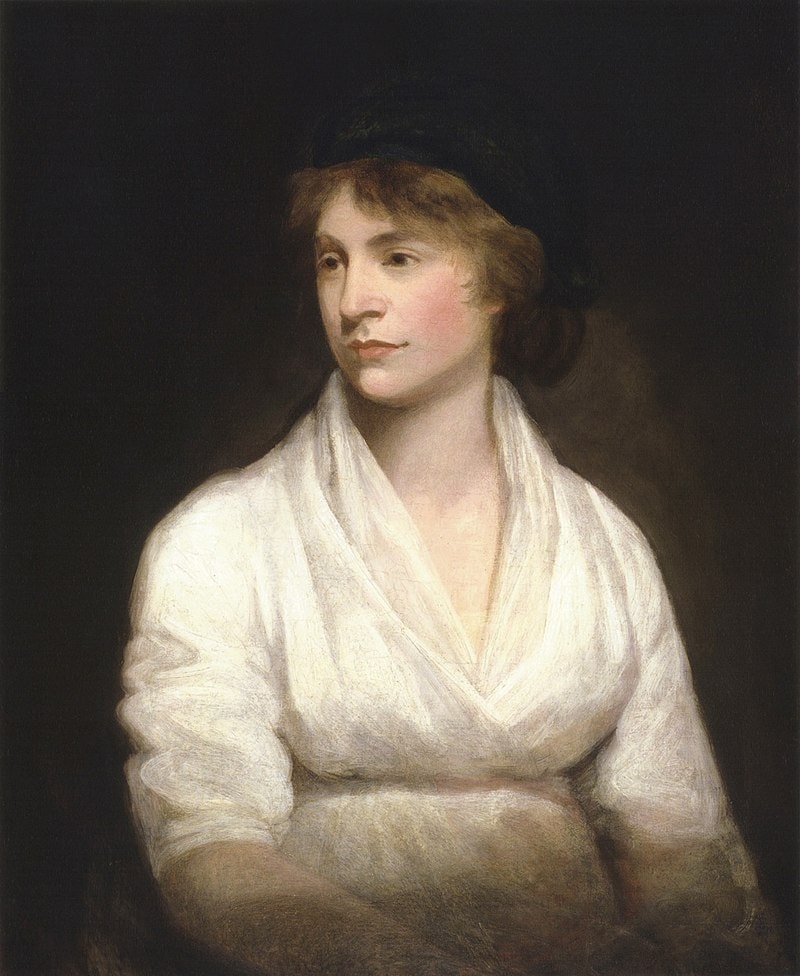
Mid-19th century is viewed as the start of feminism’s first wave, even though prominent feminist authors and activists had appeared as early as the end of the 18th century. Writers such as Mary Wollstonecraft had been writing about feminism and women’s rights for decades, but it was in 1848 that several hundred women gathered at the Seneca Falls Convention to compile a resolution of twelve key rights of women and started the Women’s Suffrage movement.
If we are to point out one flaw of the early first wave feminism that’s widely recognized today, it’s that it focused primarily on the rights of white women and ignored women of color. In fact, for a while during the 19th century, the suffrage movement clashed with the movement for civil rights of women of color. Many white supremacists at the time even joined women’s suffrage not out of care for women’s rights but because they saw feminism as a way to “double the white vote”.
There were some women’s rights activists of color, such as Sojourner Truth, whose speech Ain’t I a Woman became widely known. However, her biographer Nell Irvin Painter tellingly writes that, “At a time when most Americans thought of …. women as white, Truth embodied a fact that still bears repeating …. among the women, there are blacks”.
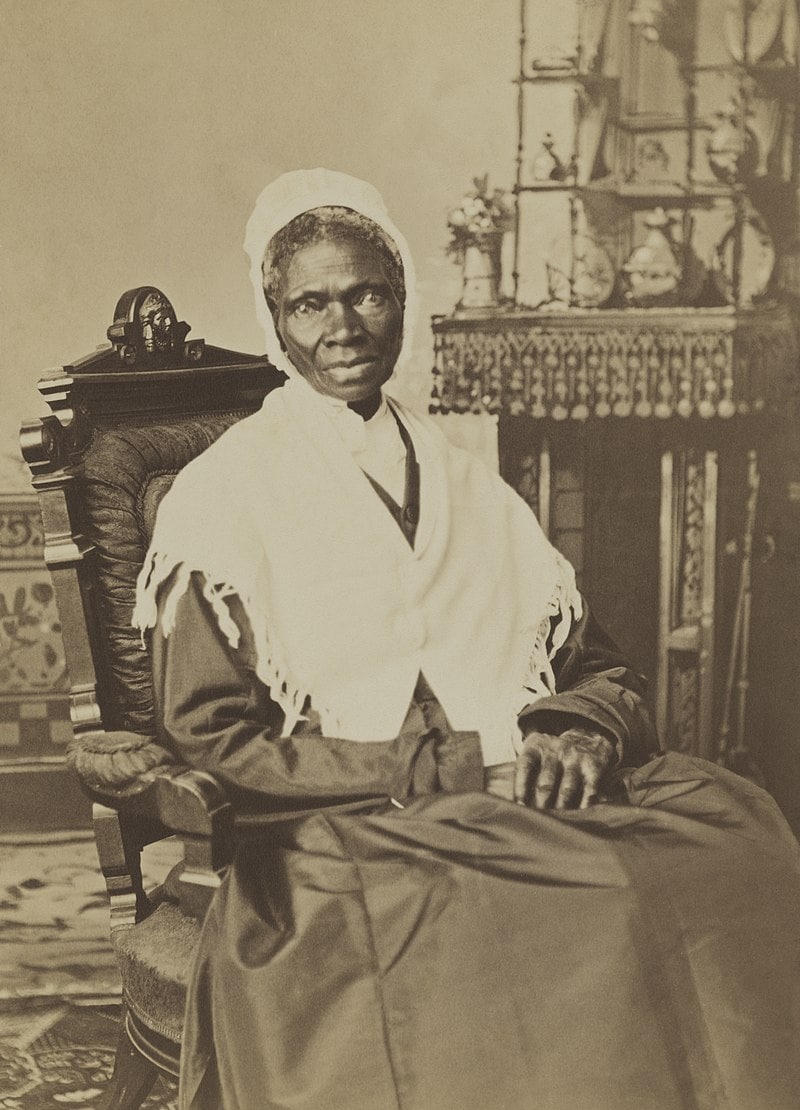
Voting and reproductive rights were among the key issues first wave feminists fought for and some of them were eventually achieved after decades of strife. In 1920, seventy years after the start of the suffrage movement, thirty years after New Zealand, and some century and a half since the earliest feminist authors, the 19th amendment was voted in and women in the US gained the right to vote.
In essence, the fight of first wave feminism can be summed up easily – they wanted to be recognized as people and not as men’s property. This can sound ridiculous from today’s point of view but in most countries, at the time women were literally codified into law as the property of men – so much so that they were even given a monetary value in cases of divorce, adultery trials, and so on.
If you ever want to be horrified by the misogynistic absurdity of Western laws just a couple of centuries ago, you can check out the story of the trial of Seymour Fleming, her husband Sir Richard Worsley, and her lover Maurice George Bisset – one of the biggest scandals in the UK at the end of the 18th century.
Accordingly, Sir Worsley was in the process of suing Maurice Bisset for running away with his wife, a.k.a. his property. As Bisset was guaranteed to lose the trial based on the then existing UK laws, he had to literally argue that Seymour Fleming had “low value” as Worsley’s property because she was “already used”. This argument ensured that he escaped having to pay for stealing another man’s “property”. That’s the sort of archaic patriarchal nonsense early feminists were fighting against.
Second Wave of Feminism
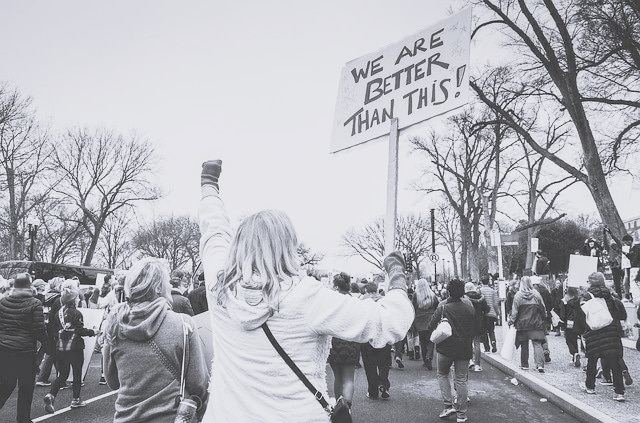
With the first wave feminism managing to deal with the most pressing women’s rights issues, the movement stalled for a few decades. Granted, the Great Depression and World War II also contributed to distracting society from the fight for equality. After the Civil Rights movement in the 60s, however, Feminism also had a resurgence via its second wave.
This time, the focus was on building upon the already achieved legal rights and fighting for a more equal role of women in society. Sexist oppression in the workplace as well as traditional gender roles and bigotry were the focal point of second wave feminism. Queer theory also started mixing in with feminism as it was also a fight for equal treatment. This is a key and often overlooked step as it marked a turn for feminism from a fight for just women’s rights to a fight for equality for all.
And, just like first wave feminism, the second wave also achieved numerous pivotal legal wins such as Roe vs. Wade, the Equal Pay Act of 1963, and more.
Third Wave of Feminism
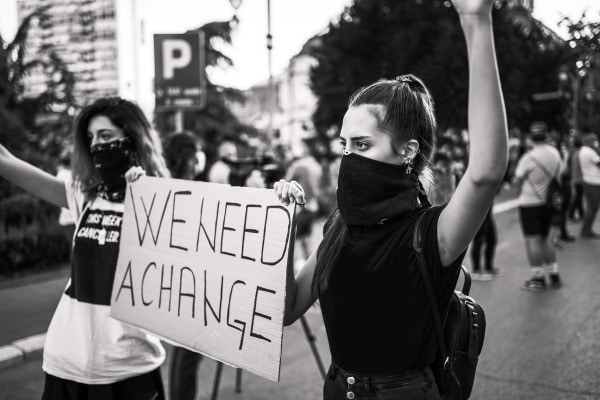
So, where did feminism go from there? For some, feminism’s task was complete after its second wave – basic legal equality was achieved so there was nothing to keep fighting for, right?
Suffice it to say that the feminists disagreed. Having achieved much more rights and freedom, feminism entered the 1990s and started fighting for the more cultural aspects of women’s role in society. Sexual and gender expression, fashion, behavioral norms, and more such societal paradigms came into focus for feminism.
With those new battlegrounds, however, the lines started becoming blurry in the movement. Many of the second wave feminists – often the literal mothers and grandmothers of the third wave feminists – started objecting to certain aspects of this new feminism. Sexual liberation, in particular, became a huge topic of contention – for some, a goal of feminism was to protect women from being sexualized and objectified. For others, it’s a movement for freedom of expression and life.
Divisions such as this one led to numerous new mini movements within third wave feminism such as sex-positive feminism, traditional feminism, and so on. The integration with other social and civic movements also led to some additional sub-types of feminism. For example, the third wave is when the concept of intersectionality became prominent. It was introduced in 1989 by gender and race scholar Kimberle Crenshaw.
According to intersectionality or intersectional feminism, it was important to note that some people were affected not by one but by multiple different types of societal oppression at the same time. A frequently cited example is how certain coffee shop chains hire women to work with customers and hire men of color to work in the warehouse but don’t hire women of color to work anywhere in the enterprise. So, blaming such a business for being “just racist” doesn’t work and blaming it for being “just sexist” also doesn’t work, as it’s clearly both racist and sexist toward women of color.

The integration of the feminist and LGBTQ movement also led to some divisions. While third wave feminism is categorically LGBTQ-friendly and adjacent, there was also the Trans-exclusionary radical feminist movement. It’s seemingly comprised mostly of second wave and early third wave feminists who refuse to accept the inclusion of trans women into the feminist movement.
With more and more such “mini waves” into third wave feminism, the movement continued to focus more and more the idea of “equality for all” and not just “equal rights for women”. This has also led to some friction with movements such as the Men’s Rights Movement which insist that feminism fights for women only and ignores the oppression of men. There are also the sporadic calls of combining all such movements of different sexes, genders, and sexualities into a common egalitarian movement.
Still, that concept is widely refused as it’s maintained that different groups face different types and degrees of oppression and adding them up under the same umbrella wouldn’t always work well. Instead, third wave feminists try to focus on the roots of societal issues and divisions and look at them from all angles to examine how they affect everybody, albeit in different ways.
Fourth Wave of Feminism
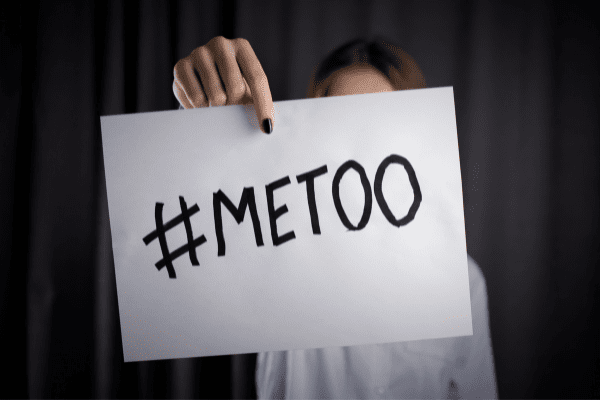
And there is the current fourth wave of feminism – the one many argue doesn’t exist. The argument for that usually is that the fourth wave simply isn’t different from the third one. And, to a certain extent, there is some justification in that – the fourth wave of feminism is largely fighting for the same things that the third did.
However, what distinguishes it is that it faces and tries to rise up to a renewed challenge on women’s rights in recent times. A highlight of the mid-2010s, for example, was reactionaries pointing out certain “cringy” feminist personalities and trying to equate and tarnish all of feminism with them. The #MeToo movement was also a huge response to misogyny in certain areas of life.
Even women’s reproductive rights have faced a resurgence of challenges in recent years with abortion rights being restricted by a plethora of new arguably unconstitutional laws in the US and the threatening of Roe vs. Wade by a 6 to 3 conservative Supreme Court of the United States.
Fourth wave feminism also emphasizes intersectionality and trans inclusion even more as it faces more opposition against trans-women in the past few years. How exactly the movement is going to deal with those challenges and move forward remains to be seen. But, if anything, the consistency in ideology between the third and fourth waves of feminism is a good sign that feminism is moving in a widely accepted direction.
Wrapping Up
There continues to be debate and controversy as to the demands of feminism and the distinguishing features of the various waves. However, what is agreed on is that each wave has done great work in keeping the movement at the forefront and fighting for the equality and rights of women.





